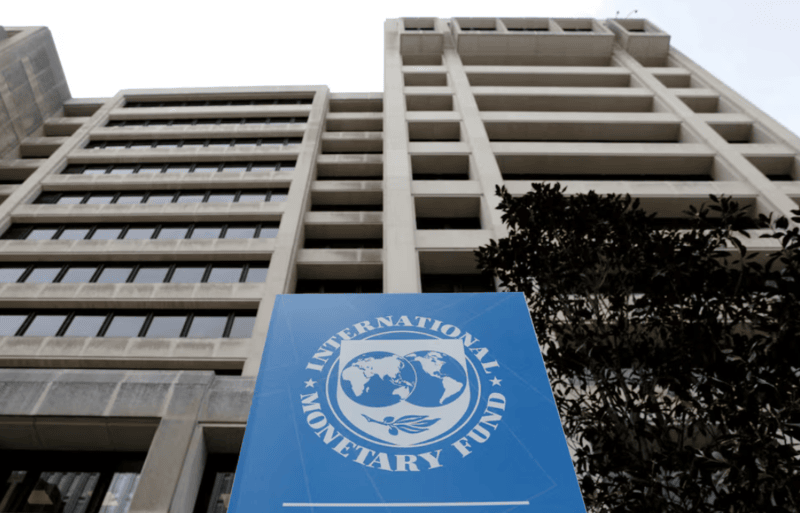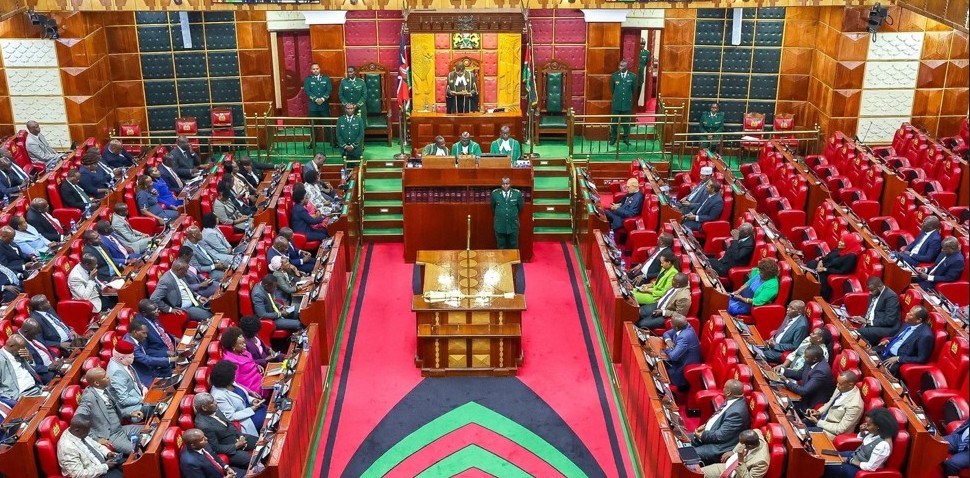IMF revises global growth outlook to 3 per cent for 2025

The IMF highlights that several regions are registering moderate improvements in economic activity. Sub-Saharan Africa’s economy is expected to grow by 4 per cent in 2025 and 4.3 per cent in 2026.
The International Monetary Fund (IMF) has revised its global economic forecast for 2025, projecting a slightly stronger growth on the back of easing living costs and a temporary pause in heightened US trade tariffs.
In its latest World Economic Outlook report released Tuesday evening, the IMF now expects the world economy to grow by 3 per cent next year, up from an earlier forecast of 2.8 per cent.
More To Read
- World Bank upgrades Kenya’s growth outlook to 4.9 per cent, warns of elevated risks
- Africa’s share of global extreme poverty rose by 30 per cent in 10 years - World Bank
- Revenue raise, prudent debt key to Africa’s 2026 upgraded growth prospects - IMF
- World Bank urges shift to local currency loans in Africa
- Kenya ranked 10th in Africa’s most attractive investment destinations
- IMF questions Kenya’s exchange rate policy amid new funding negotiations
This momentum is expected to carry into 2026, with growth reaching 3.1 per cent.
“The modest decline in trade tensions, however fragile, has contributed to the resilience of the global economy so far,” the report states.
The IMF highlights that several regions are registering moderate improvements in economic activity. Sub-Saharan Africa’s economy is expected to grow by 4 per cent in 2025 and 4.3 per cent in 2026.
Advanced economies are forecast to expand by 1.5 per cent this year and 1.6 per cent in 2026, while emerging markets and developing countries are projected to grow by 4.1 per cent in 2025.
“This resilience is welcome, but it is also tenuous. While the trade shock could turn out to be less severe than initially feared, it is still sizeable, and evidence is mounting that it is hurting the global economy,” the IMF warns.
Despite the upward revision, global growth remains below levels recorded before the COVID-19 pandemic. Compared to the pre-April 2 projections, the outlook for this year has been lowered by 0.2 percentage points. Even at 3 per cent, global growth remains well under the pre-pandemic average.
The report also projects a continued decline in global trade as a portion of total economic output.
Trade is expected to fall from 57 per cent of global output in 2024 to 53 per cent by 2030.
The IMF cautions that the pause in tariffs may only offer temporary relief.
“Tariffs could well reset at much higher levels once the ‘pause’ expires on August 1 or if existing deals unravel. If this were the case, model-based simulations suggest global output would be 0.3 per cent lower in 2026.”
The report further explains that trade uncertainty, unless addressed through broad agreements, could start weighing more heavily on business activity and investment.
It also warns that although front-loaded exports have supported activity so far, firms may face difficulties if demand for their stockpiled goods fails to pick up.
The IMF notes that even as tensions between Israel and Iran have eased, the global geopolitical environment remains unstable and poses risks of further supply disruptions.
It also flags concerns around inflation, noting that while global prices are easing, signs show inflation pressures are slowly building in the United States.
Import prices in dollars have remained flat or have gone up this year, which could lead to higher prices as businesses start passing on those costs to consumers.
“In too many countries, the combination of high public debt and still elevated public deficits continues to be a cause for concern,” the report adds.
The IMF concludes that countries with limited fiscal flexibility are at greater risk in the event of tighter financial conditions, especially if borrowing costs rise suddenly.
Top Stories Today











































